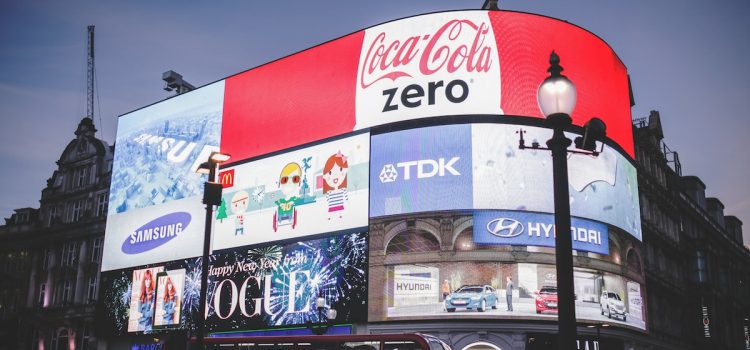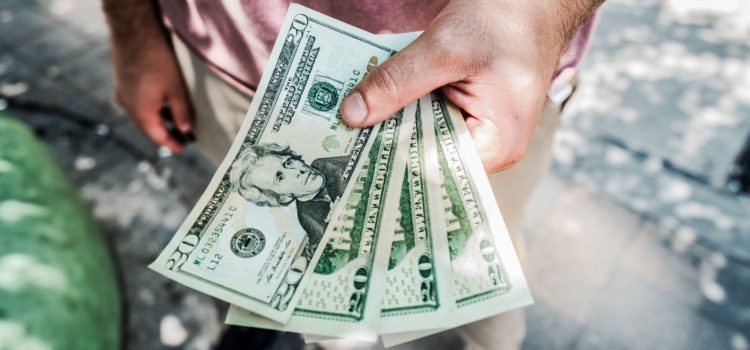Are you considering a subscription-based business model for your company? Are you looking for new ways to increase revenue from existing customers? For many companies such as Netflix, subscription-based business models are the only way to gain profits because they’re “subscriber-only” services. However, that doesn’t mean subscription-based business models are meant for every business. Learn why Byron Sharp, the author of How Brands Grow, believes that subscription-based business models don’t work for a lot of businesses.
Why Subscription-Based Business Models Don’t Work










